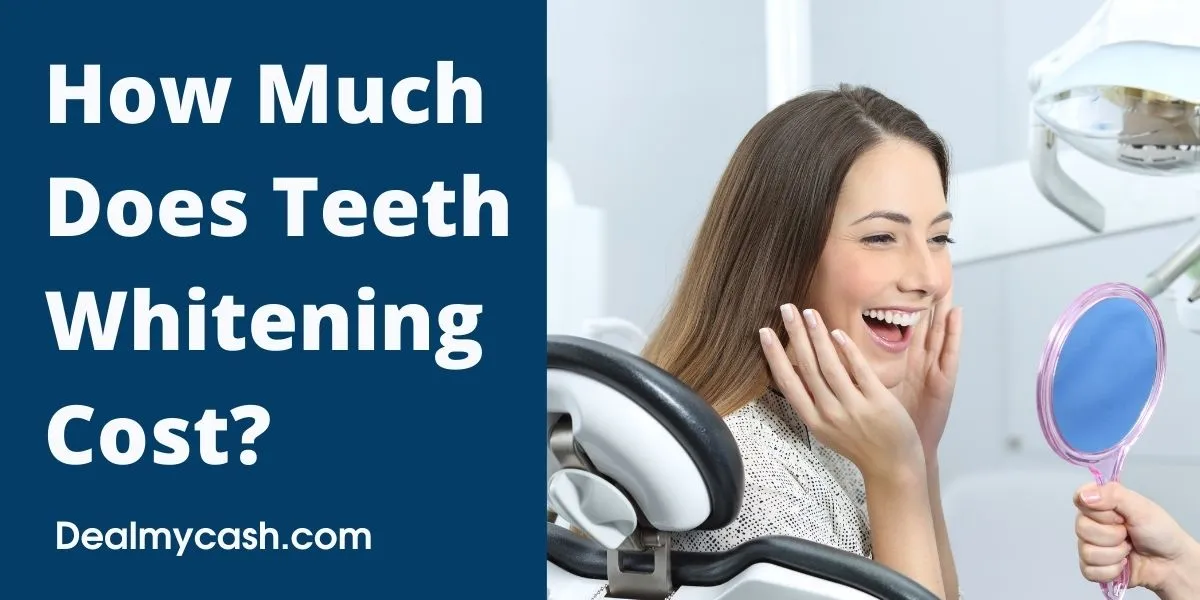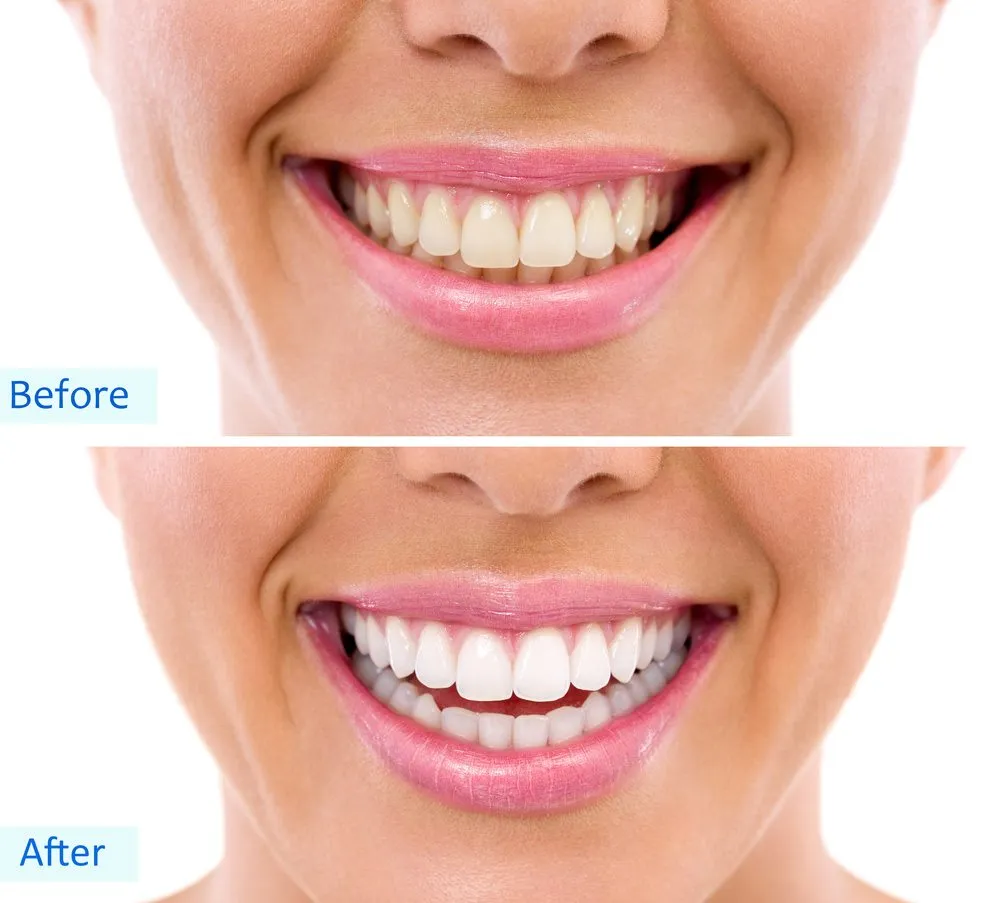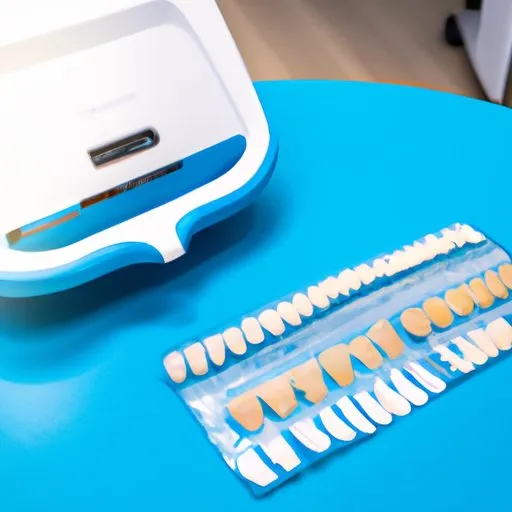Understanding Whitening Cost
Teeth whitening is a popular cosmetic procedure, but the cost can vary significantly. Several factors influence how much you’ll pay to brighten your smile. Understanding these elements will help you make an informed decision and budget effectively. The price tag for teeth whitening isn’t fixed; it fluctuates based on the type of treatment you choose, the dentist’s location, and their level of expertise. From professional treatments at the dentist’s office to over-the-counter options, each has a different cost structure and potential outcomes. This guide will break down the different cost components and provide practical tips to help you save money while achieving a dazzling smile.
Factors Affecting Whitening Cost
The cost of teeth whitening isn’t arbitrary; it’s influenced by several key factors. Understanding these elements can help you plan and budget accordingly. The primary cost determinants include the type of whitening treatment, the dentist’s location, and the expertise of the dental professional. Each of these factors contributes to the overall price, making it essential to consider them when evaluating your options.
Type of Whitening Treatment

Different whitening treatments come with varying costs. Professional whitening, performed by a dentist, typically involves stronger bleaching agents and produces faster, more dramatic results. At-home whitening kits, on the other hand, are generally less expensive but may require more time and commitment to achieve the desired outcome. Each method has its own set of pros and cons, influencing the overall cost.
Professional Whitening
Professional whitening offers a fast and effective solution for a brighter smile. Dentists use high-concentration bleaching agents that can only be administered in a clinical setting. The procedure often includes a pre-treatment examination, the application of a protective barrier for the gums, and multiple rounds of the bleaching process. While more costly than at-home alternatives, professional whitening provides immediate results and is often the preferred choice for those seeking rapid and significant improvements. This method offers greater control and safety due to the supervision of a dental professional, who can monitor for any adverse reactions and adjust the treatment as needed.
At-Home Whitening Kits
At-home whitening kits provide a cost-effective alternative for brightening your teeth. These kits typically include custom-fitted trays or strips filled with a bleaching agent, which you apply at home. The main advantage of at-home kits is their affordability and convenience. However, the results may not be as dramatic or rapid as professional treatments. It’s crucial to follow the instructions carefully to avoid potential side effects, such as gum irritation. The effectiveness of at-home kits depends on the concentration of the bleaching agent and the duration of treatment, often requiring several weeks to achieve the desired results. Consulting with your dentist before using any at-home whitening product is recommended.
Location and Dentist’s Expertise

The location of the dental practice and the dentist’s experience can significantly impact the cost of teeth whitening. Practices in major cities or affluent areas often have higher overhead costs, which are reflected in their pricing. Similarly, dentists with extensive experience and specialized training may charge more for their services. These factors contribute to the overall cost and should be considered when evaluating your options.
Geographic Location
The geographic location of a dental practice plays a significant role in determining the cost of teeth whitening. Practices in urban areas, especially those in large cities or areas with a higher cost of living, tend to charge more than those in rural or suburban locations. This is mainly due to higher overhead costs, including rent, utilities, and staff salaries. Researching prices in your local area is crucial to understanding the typical cost range for teeth whitening services.
Dentist’s Experience
The dentist’s experience and expertise can influence the cost of teeth whitening. Dentists with years of experience, specialized training, or advanced certifications may charge more for their services. Their expertise often translates to more effective and safer treatments, reducing the risk of complications. However, it’s important to balance cost with the quality of care. Reading reviews, asking for referrals, and consulting with the dentist about their experience and approach can help you make an informed decision.
Top 5 Tips to Reduce Whitening Cost

Achieving a brighter smile doesn’t have to break the bank. Here are five practical tips to help you reduce the cost of teeth whitening while still achieving great results. From comparing prices to exploring alternative options, these strategies can help you save money without compromising on the quality of care.
Tip 1 Compare Prices and Get Multiple Quotes
One of the most effective ways to save money on teeth whitening is to compare prices and get multiple quotes. Contact several dental practices in your area and inquire about their teeth whitening services. Ask for a detailed breakdown of the costs, including the initial consultation, the procedure itself, and any follow-up appointments. This allows you to compare prices and choose the most cost-effective option without sacrificing quality. Online research and reviews can also help you find reputable dentists with competitive pricing.
Tip 2 Explore Different Whitening Options
Consider the different whitening options available. Professional whitening treatments at a dentist’s office are typically more expensive but provide quicker and more dramatic results. At-home whitening kits, which you can purchase over-the-counter or through your dentist, offer a more budget-friendly alternative. These kits often include custom trays or strips and are designed for convenient use at home. Weigh the pros and cons of each option, considering your budget, time commitment, and desired results, to find the best fit for your needs.
Tip 3 Maintain Good Oral Hygiene

Maintaining good oral hygiene is crucial not only for your overall health but also for keeping your teeth bright and reducing the need for frequent whitening treatments. Brush your teeth at least twice a day with fluoride toothpaste, floss daily to remove plaque and food particles, and rinse with an antibacterial mouthwash. Regular dental check-ups and cleanings can also help prevent stains and maintain your bright smile. By practicing consistent oral hygiene, you can extend the time between whitening treatments and save money in the long run. Avoid excessive consumption of stain-causing foods and beverages, such as coffee, tea, and red wine.
Tip 4 Look for Special Offers and Discounts
Many dental practices offer special promotions and discounts on teeth whitening treatments. These can include seasonal deals, package discounts, or discounts for new patients. Check the websites and social media pages of local dentists to stay informed about current promotions. You can also ask your dentist if they have any upcoming specials or payment plans. Some dental insurance plans may also cover a portion of the cost for teeth whitening, so check with your provider to see if you’re eligible for coverage.
Tip 5 Consider Financing Options
If the cost of teeth whitening is a concern, explore financing options. Some dental practices offer payment plans to make the treatment more affordable. You can also look into third-party financing companies that specialize in dental procedures. These options allow you to spread the cost over time, making it easier to fit into your budget. Before committing to a financing plan, review the terms and conditions, including interest rates and payment schedules, to ensure it aligns with your financial situation.
Long-Term Cost of Whitening

While the initial cost of teeth whitening is a primary concern, it’s also important to consider the long-term implications. This includes the need for maintenance and touch-ups, as well as the potential risks and complications. Understanding these factors can help you make a more informed decision and budget effectively for ongoing care.
Maintenance and Touch-Ups
Teeth whitening results are not permanent; they typically last from several months to a few years, depending on your lifestyle and oral hygiene. Regular maintenance and touch-up treatments are often needed to maintain your desired level of brightness. This can involve using at-home whitening kits periodically or scheduling follow-up appointments with your dentist. Factor in the cost of these touch-ups when budgeting for teeth whitening, as they contribute to the overall long-term expense. Consistent oral hygiene, avoiding stain-causing foods and beverages, and regular dental check-ups can help extend the time between touch-up treatments.
Potential Risks and Complications
Teeth whitening is generally a safe procedure, but there are potential risks and complications to be aware of. The most common side effect is tooth sensitivity, which can range from mild to moderate and typically subsides within a few days. Gum irritation is another potential side effect, especially with at-home whitening kits. In rare cases, more serious complications, such as damage to the tooth enamel, can occur. Consult your dentist to understand these risks and discuss ways to minimize them. Inform your dentist of any existing dental issues, such as cavities or gum disease, before undergoing a teeth whitening procedure.
In conclusion, understanding the cost of teeth whitening involves evaluating various factors, from treatment types and location to the dentist’s expertise and long-term maintenance needs. By comparing prices, exploring different options, practicing good oral hygiene, and looking for special offers, you can effectively manage the cost and achieve a brighter, more confident smile. Always consult with a dental professional to discuss the best treatment plan for your individual needs and budget.
